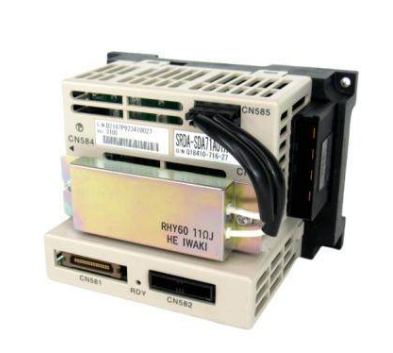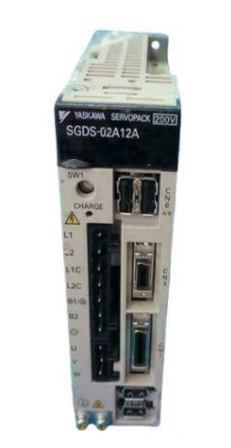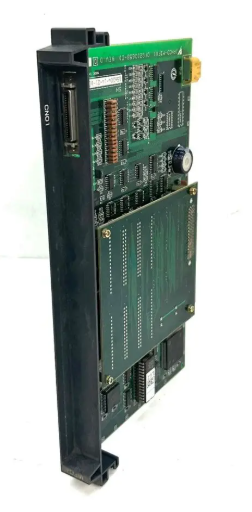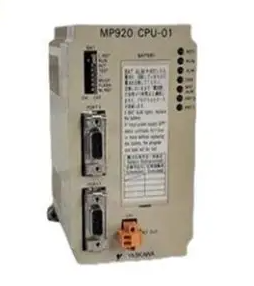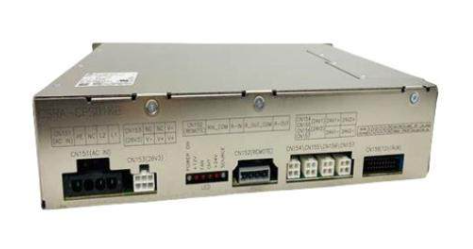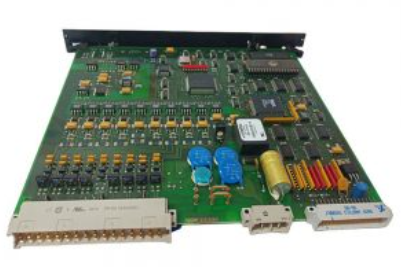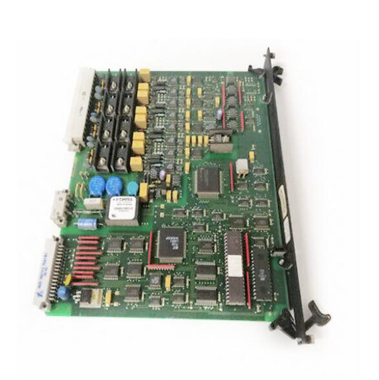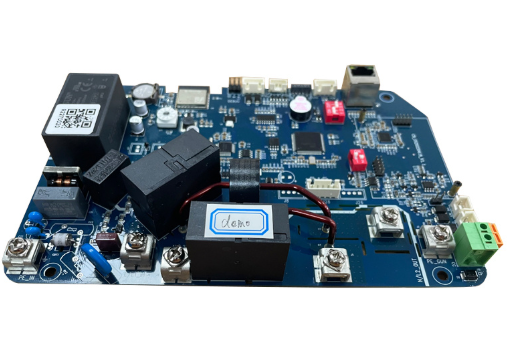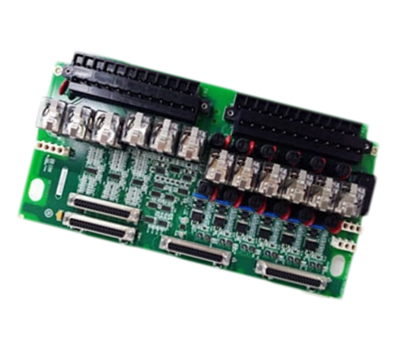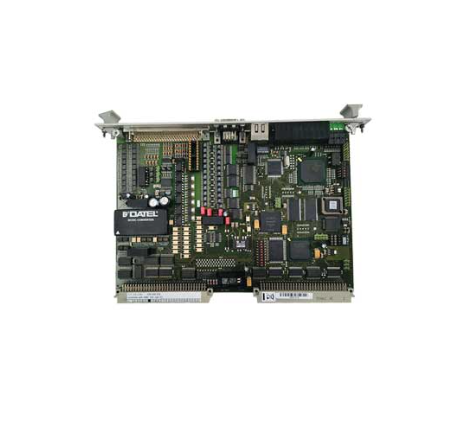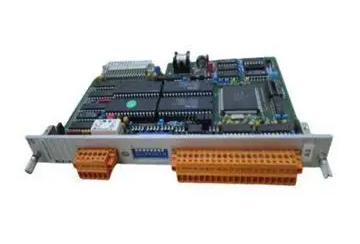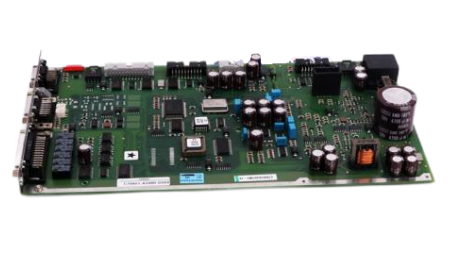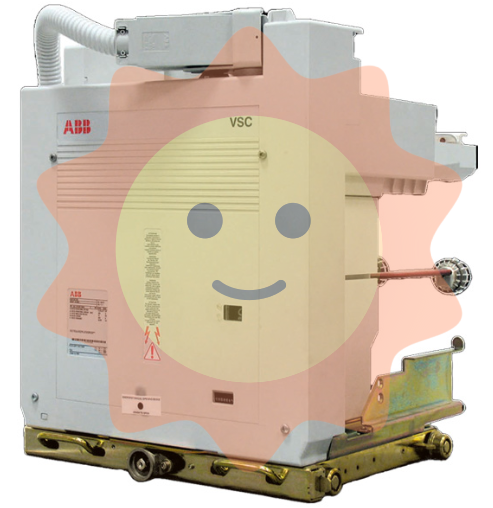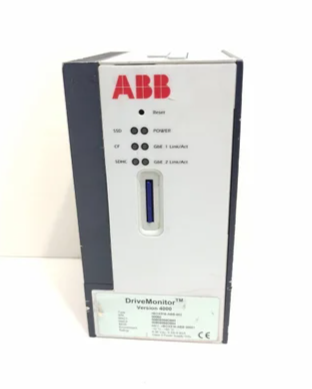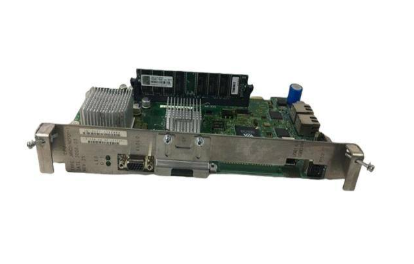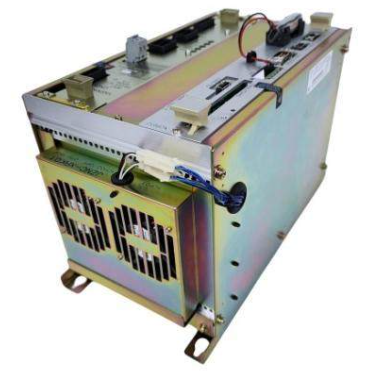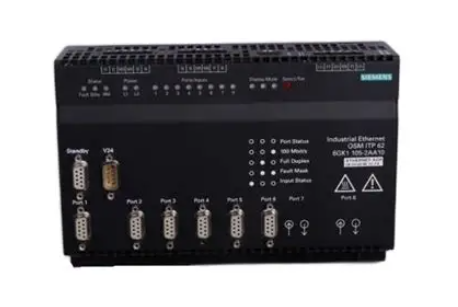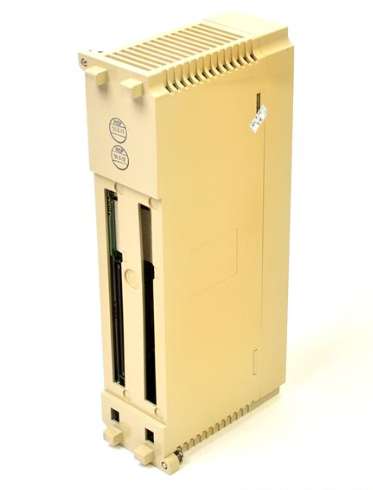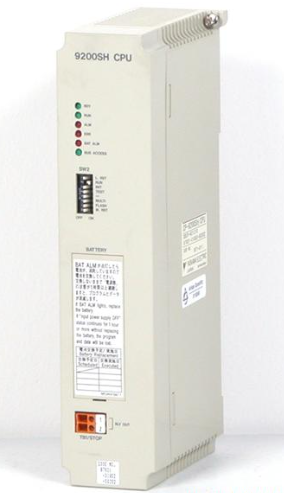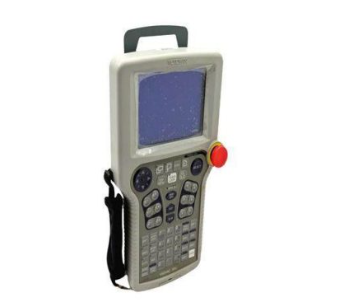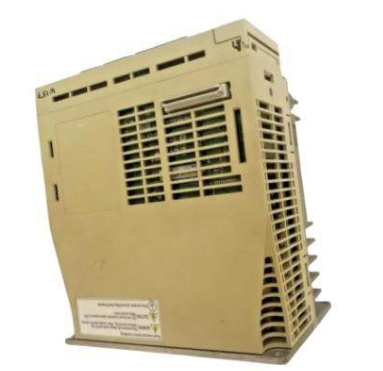ABB RDCU Drive Control Units
ABB RDCU Drive Control Units
Safety instructions
Do not attempt any work on a powered drive. After switching off the mains, always
allow the intermediate circuit capacitors 5 minutes to discharge before working on
the frequency converter, the motor or the motor cable. It is good practice to check
(with a voltage indicating instrument) that the drive is in fact discharged before
beginning work.
Avoid touching the circuit board (RMIO) inside the RDCU unit in order to minimise
the risk of damage caused by static electricity.
Do not use excessive force when detaching connectors or removing the cover of the
unit.
Identifying different types of unit
Before installation, check that the RDCU unit has the correct application program for
the converter hardware in question. There is a label attached to the cover of the
RDCU unit that lists “SW TYPE”, “SW CODE” and “DEVICE TYPE”.
“SW TYPE” identifies the application program that is loaded into the RDCU unit.
Some of the most common “SW TYPE” codes are AMXRxxxx (ACS800 System
Application Program), ASxRxxxx (ACS800 Standard Application Program),
AHxRxxxx (ACS800 Pump Control Application Program), and IxxRxxxx (IGBT
Supply Unit Application Program). Check that the application program corresponds
to the original order.
Check also that the “DEVICE TYPE” indicated matches that of the converter
hardware.
General: Two programmable current outputs: 0 (4) … 20 mA, RL < 700 ohm
Resolution: 0.1% (10 bit)
Inaccuracy: ±1% (Full scale range) at 25 °C (77 °F). Temperature coefficient:
±200 ppm/°C (±111 ppm/°F) max.
Digital inputs (X22)
General: Six programmable digital inputs (common ground: 24 VDC,
-15% … +20%) and a start interlock input (DIIL). Group isolated, can be divided into
two isolated groups (see Isolation and grounding below).
Thermistor input: 5 mA, < 1.5 kohm “1” (normal temperature), > 4 kohm “0”
(high temperature), open circuit “0” (high temperature).
Internal supply for digital inputs (+24 VDC) is short-circuit proof. An external 24 VDC
supply can be used instead of the internal supply.
Isolation test voltage: 500 VAC, 1 min
Logical thresholds: < 8 VDC “0”, > 12 VDC “1”
Input current: DI1 to DI5: 10 mA; DI6: 5 mA
Filtering time constant: 1 ms
24 VDC power output (X23)
Voltage: 24 VDC ±10%, short-circuit proof
Maximum output current: 250 mA (without any optional modules inserted)
Relay outputs (X25, X26, X27)
General: Three programmable relay outputs
Switching capacity: 8 A at 24 VDC or 250 VAC; 0.4 A at 120 VDC
Minimum continuous current: 5 mA rms at 24 VDC
Maximum continuous current: 2 A rms
Isolation test voltage: 4 kVAC, 1 min
Slot 1 (X31)
General: For connection of I/O extension modules (such as RAIO and RDIO), pulse
encoder interface (RTAC), or fieldbus adapters (such as RPBA and RMBA)
Slot 2 (X32)
General: For connection of I/O extension modules (such as RAIO and RDIO) or
pulse encoder interface (RTAC)
DDCS (X33)
General: For connection of RDCO-0x(C) DDCS Communication module
General
Mounting: Onto 35 × 7.5 mm DIN mounting rail
Housing materials: Zinc-plated steel (base); ABS/PC (cover)
Connector types
X20 (Constant voltage output): 2-pole detachable screw terminal block*
X21 (Analogue I/O): Four 3-pole detachable screw-type terminal blocks*
X22 (Digital inputs): One 3-pole and two 4-pole detachable screw-type terminal
blocks*
X23 (24 VDC output): 2-pole detachable screw-type terminal block*
X25-X27 (Relay outputs): Three 3-pole detachable screw-type terminal blocks*
X31 (Slot 1), X32 (Slot 2): 38-pin header (female), pitch 2 mm
X33 (DDCS): 20-pin header (female), pitch 2.54 mm
X34 (24 VDC power input): 3-pole detachable screw-type terminal block*
X39 (Control panel): 12-pin header (male), pitch 2.54 mm
V57, V68 (PPCS link): Fibre optic transmitter/receiver (10 MBd)
*Wire: 0.3 … 3.3 mm2 (22…12 AWG). Torque: 0.2 … 0.4 Nm (2…4 lbf.in.).
Pitch: 5.0 mm.
Constant voltage output (X20, X21:1)
Voltage: +10 VDC, 0, -10 VDC ±0.5% (Full scale range) at 25 °C (77 °F).
Temperature coefficient: ±100 ppm/°C (±56 ppm/°F) max.
Maximum load: 10 mA
Applicable potentiometer: 1 to 10 kohm
Analogue inputs (X21)
General: Two programmable differential current inputs (0 mA / 4 mA … 20 mA,
Rin = 100 ohm) and one programmable differential voltage input (-10 V / 0 V /
2 V … +10 V, Rin = 200 kohm). The analogue inputs are galvanically isolated as a
group (see Isolation and grounding below)
Isolation test voltage: 500 VAC, 1 min
Max. common mode voltage between the channels: ±15 VDC
Common mode rejection ratio: > 60 dB at 50 Hz
Resolution: 0.025% (12 bit) for the -10 V … +10 V input, 0.5% (11 bit) for the
0 … +10 V and 0…20 mA inputs
Inaccuracy: ±0.5% (Full scale range) at 25 °C. Temperature coefficient: ±100 ppm/
°C max.
24 VDC power input (X34)
Voltage: 24 VDC ±10%
Typical current consumption (without option modules): 250 mA
Maximum current consumption: 1200 mA (with option modules inserted)
Pin designations: 1 = not used; 2 = +24 V; 3 = 0 V
Control panel connection (X39)
General: For connection of CDP-312R control panel
PPCS link (V57, V68)
General: Optical fibre connection to inverter (or IGBT supply) module
Optical component type: 10 MBd
Protocol: ABB PPCS (Power Plate Communication System)
- EMERSON
- Honeywell
- CTI
- Rolls-Royce
- General Electric
- Woodward
- Yaskawa
- xYCOM
- Motorola
- Siemens
- Rockwell
- ABB
- B&R
- HIMA
- Construction site
- electricity
- Automobile market
- PLC
- DCS
- Motor drivers
- VSD
- Implications
- cement
- CO2
- CEM
- methane
- Artificial intelligence
- Titanic
- Solar energy
- Hydrogen fuel cell
- Hydrogen and fuel cells
- Hydrogen and oxygen fuel cells
- tyre
- Chemical fiber
- dynamo
- corpuscle
- Pulp and paper
- printing
- fossil
- FANUC
- Food and beverage
- Life science
- Sewage treatment
- Personal care
- electricity
- boats
- infrastructure
- Automobile industry
- metallurgy
- Nuclear power generation
- Geothermal power generation
- Water and wastewater
- Infrastructure construction
- Mine hazard
- steel
- papermaking
- Natural gas industry
- Infrastructure construction
- Power and energy
- Rubber and plastic
- Renewable energy
- pharmacy
- mining
- Plastic industry
- Schneider
- Kongsberg
- NI
- Wind energy
- International petroleum
- International new energy network
- gas
- WATLOW
- ProSoft
- SEW
- wind
- ADVANCED
- Reliance
- YOKOGAWA
- TRICONEX
- FOXBORO
- METSO
- MAN
- Advantest
- ADVANCED
- ALSTOM
- Control Wave
- AB
- AMAT
- STUDER
- KONGSBERG
- MOTOROLA
- DANAHER MOTION
- Bently
- Galil
- EATON
- MOLEX
- Triconex
- DEIF
- B&W
- ZYGO
- Aerotech
- DANFOSS
- KOLLMORGEN
- Beijer
- Endress+Hauser
- MOOG
- KB
- Moxa
- Rexroth
- YAMAHA
- Johnson
- Westinghouse
- WAGO
- TOSHIBA
- TEKTRONIX
- BENDER
- BMCM
- SMC


Email:wang@kongjiangauto.com


